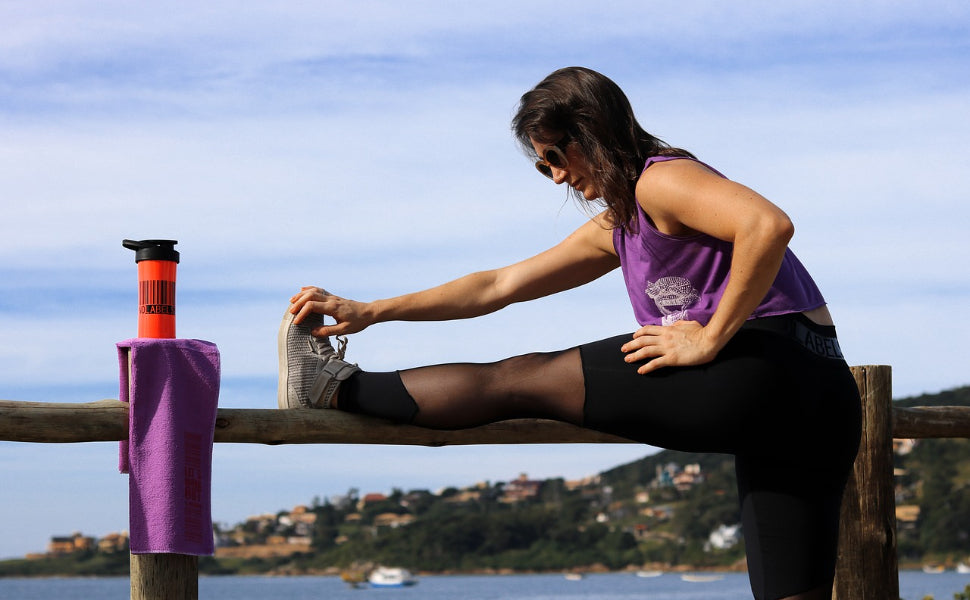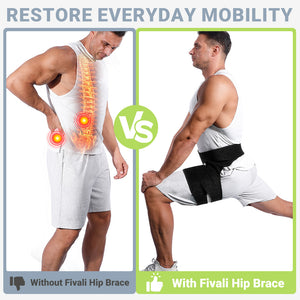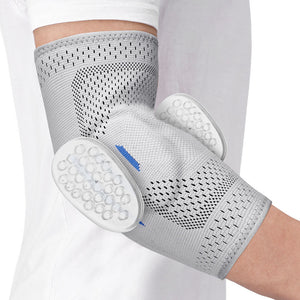How to Stretch Tight Hamstring

These stretching exercises also relieve the symptom of tight hamstrings, which causes a lot of discomfort and reduced mobility. We will review some methods of stretching one's hamstrings in this article. This article from Fivali gives helpful tips on how one can safely and effectively stretch for improving flexibility in the hamstrings whether you're an athlete, office worker, or anybody else.
Warm Up Before Stretching
It is an indispensable part of any exercise or physical activity program to warm up before stretching. You prepare your body for the tougher motions that are going to happen by warming up prior to your exercise or sporting event.
Warming up before stretching allows for many benefits. First and foremost, it will allow the muscles to receive more blood and oxygen, which in turn can help with flexibility and reduce injury. It also allows joints to become greased, so to speak, making them flexible and less prone to injury.
Examples of good warm-ups include dynamic stretching with movements, light cardiovascular exercises like jogging or jumping jacks, and foam rolling to release tension from tight muscles. Take your time warming up, about 5-10 minutes, before doing a full stretch or engaging in physical activity to prevent injury and improve performance.
Hamstring Stretching Exercises
-
Standing Hamstring Stretch: Stand with feet shoulder-width apart. Extend one leg's heel in front of you; keep your back straight, leaning forward at hips. Switch to the other leg after holding 20-30 seconds.
-
Seated Forward Fold: Sit on the floor and extend your legs in front of you. Extend your arms in front of you as you move your torso gradually in the direction of your legs. Hold for 20 to 30 seconds.
-
Supine Hamstring Stretch: Lying on your side, bend your knees, keeping your feet on the floor. Pull one knee toward your chest and reach behind your thigh. Straighten the leg as much as possible while keeping the other leg straight on the floor. Hold for 20 to 30 seconds and repeat on the opposite leg.
-
Pigeon Pose: Lower down into the ground bringing the right leg in. Bring your left leg back, sliding it down towards the ground as your body lowers. The right leg should be kept at a 90-degree angle. Hold for 20 to 30 seconds before flipping sides.
Never force your way beyond what feels comfortable, and always warm up the body before stretching.
Knee Support for Hamstring Stretching
This can be achieved in various ways: placing a towel roll under the knee, using a , or a prop such as a yoga block. Depending on the personal preference, individual needs, and type of hamstring stretch one does, different kinds of knee supports may be applied.
Knee support while performing a hamstring stretch is useful in a variety of ways:
-
Stability: Poorly performed or unsupported hamstring stretches put a large amount of stress on the knee joint. In order not to have any additional stress or injury, during the stretch, the knee joint should be stable.
-
Alignment: Correct knee alignment is highly important for the effective and safe stretching of hamstrings. By providing knee support, you can save the knee from rotating or buckle while performing the stretch.
-
Injury prevention: Hamstring stretches often put unnecessary pulls on the ligaments or tendons of the knee, thereby causing sprains or strains. The knee supports act to provide added stability and protection to the knee joint, helping to reduce the incidence of such injuries.
-
Increased range of motion: The knee, when properly supported, allows one to focus on the extent to which the hamstring muscles are being extended sans any anxiety about discomfort or instability of the knee. One can stretch further into range from this position and more effectively target the hamstrings.
-
Comfort: The support to the knees during stretching of the hamstrings may enhance comfort and ease. It relieves unnecessary tension or soreness in the knee joint so that one can better focus on one's stretch.
For specific directions about correct stretching methods and the most appropriate type of knee support for your particular need, one should always consult with a health professional or certified fitness instructor.
Safety and Effectiveness Tips in Stretching
Warm up: Warm your muscles first before you start to stretch with a few minutes of light cardio or dynamic stretching.
Stretch all the major muscle groups: Your hamstrings, quadriceps, calves, back, chest area, arms, and neck should be stretched for all the major muscle groups in your body.
Hold each stretch for at least 30 seconds: Hold the stretch you are doing for at least 30 seconds as you completely exhaled throughout the stretch. This will let you relax and increase your flexibility throughout the stretch.
Don't bounce: There must not be any bouncing or jerky movements when stretching. This is harmful to the body.
Listen to your body: Pay attention to the feelings your body signals to you as you go through the stretch. Whatever the slightest pain or discomfort, break the stretch and start again.
Stretch regularly: For maximum effect, make stretching part of your workout. At minimum, it must be done two to three times a week.
Props: Blocks, attachments, and other equipment that allow you to maintain excellent form down deeper. Everybody's body is different, and you need to take that into consideration when adjusting your stretching routine.
Reference
-
Posted in
Healthy Lifestyle, Recovery, sports













